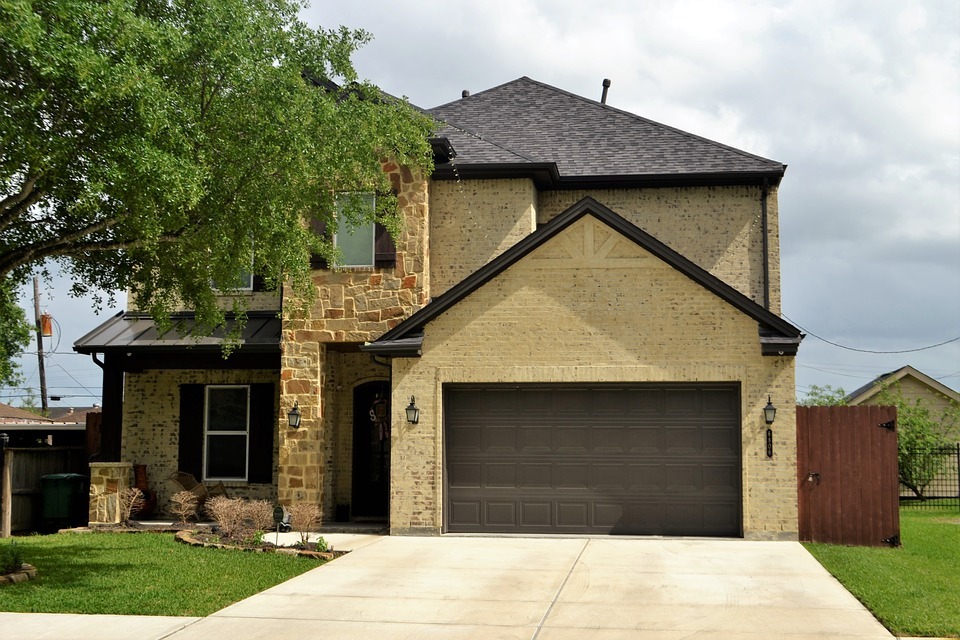The section of the garage door that operates is by means of springs, cables and pulleys. The cables are able to transfer the springs energy to move the door weight, while for the pulleys, they serve in reducing the effort which is required in lifting the doors and controlling the direction of the force.
In case it happens that your garage door utilizes extension springs, then it means that it will have two sets of the pulleys and the two cables on each of the side. One end of the first cable is normally anchored to the door’s bottom, running up and over a pulley which is stationary, attached to the wall next to the upper corner of the garage door, around a pulley which is movable to the end of the spring, then back to the bracket that is anchored secured to the track of the door.
When the door closes, the cables and the pulley stretch the spring and tension is created which ends up in assisting to lift the door when you open it next. But it happens that, it is another cable on either side of the garage door, which goes through the spring in the middle, anchoring to tack brackets on every side.
There are safety cables keeping the spring in place in case it breaks under any tension. The safety cables are a must safety feature and in case the door springs doesn’t get fitted with them, it is necessary that you install the or get a professional like DoReMi Garage Door to install when replacing the springs.
If it happens that the torsion springs is what your garage door has above the opening of the door, one end of the spring will be anchored firmly to a center plate, which is normally attached to the wall of the garage that is above the door. If they are small garage doors, they might have a single torsion spring.
A torsion bar is known to run through the center of each of the spring with the far end being fitted with a cable drum holding the lift cable which runs down to secure to the bracket which is attached near to the bottom of the door’s corner.
The spring’s free end is anchored firmly onto the torsion bar by a cone that winds up. With the door closing, the extension cable tends to cause the winding drum and the torsion bar from rotating and twist the spring in a torsion state which is loaded. When the door is about to open, the tension on the spring gets released in a fashion which is controlled in assisting to lift the heavy door to an open position.
With all the spring types, thousands of closings and opening cycles will end up causing the metal which is in the spring to lose its resiliency, which approach a condition where they will require servicing or a replacement.
Symptoms that the springs are failing
Garage door springs which are failing are known to cause the door to weigh effectively more as the steel ends up to lose its resiliency. With the new springs, a heavy garage door needs not to take more than 10 pounds of force in lifting an open position. With the springs getting closer to their lifespan end, the force needed in lifting the door might be more, as the garage door might weigh over 200 pounds.
A garage door which has aging springs places a great load on the opener of the door, making another sigh of failing springs to seeing an electrical door opener beginning to strain while it attempts to lift the door. At such a point, it might be time in considering replacing the springs. Door springs which are aging can at times break instantly, a situation which can make the door to slam shut in a violent manner.
If it happens that you are present when the spring is breaking, you will be able to hear a loud sound similar to a gunshot as the breaking does occur when the spring is already fully loaded – twisted or stretched to its full tension.

